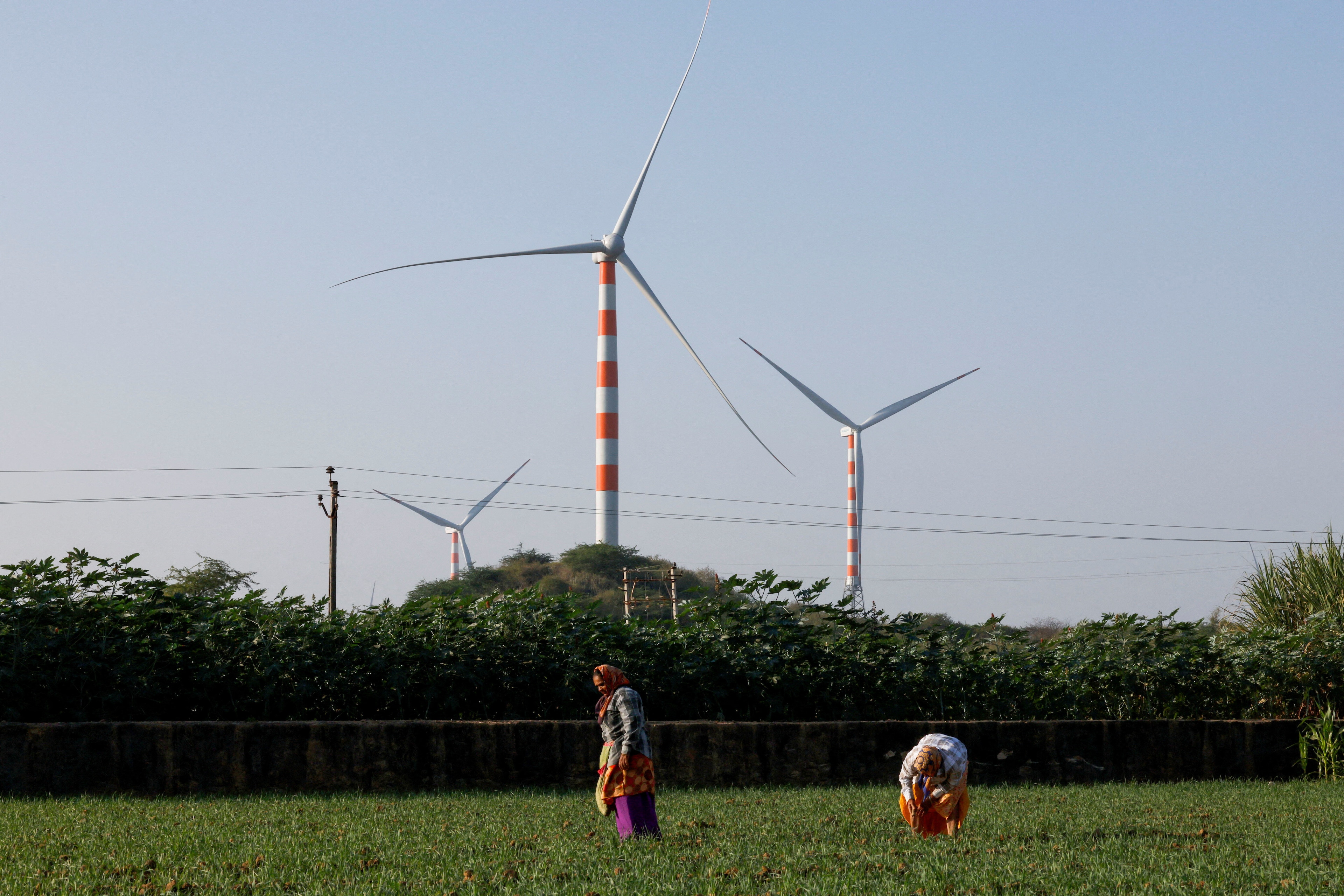Why it pays to join the circular economy

Stay up to date:
Innovation
“The circular economy needs to make sense to policy-makers in developing countries as well as in Europe and the US – otherwise it’s just whistling in the wind.”
So said my sceptical Indian friend on the way back from the World Economic Forum’s Annual Meeting of the New Champions in Tianjin, China. We all know that the current linear economic model is not sustainable. Materials are extracted, manufactured into products and then discarded into landfill – it’s a system that wastes valuable resources, causes environmental damage and will make it near impossible to satisfy the demands of the 3 billion new consumers in developing nations, who are expected to join the middle class by 2030.
The concept of the circular economy is about decoupling growth from resource consumption – and maximizing the positive environmental, economic and social effects. It’s about designing products so that they are easier to reuse or recycle, like Timberland’s Earthkeeper shoes. It’s about making sure that every product ingredient is biodegradable or fully recyclable, like the chemicals company that has replaced fossil-fuel feedstocks in their production methods. It’s about maximizing useful product life by repairing or remanufacturing, like Caterpillar’s parts-refurbishing programme.
The circular economy is about new business models that have shifted from selling products to selling services, such as the tyre company that offers a per-km tyre-leasing service. It is about eliminating waste from production, and making sure any waste is recovered as a valuable resource, whether it’s heat, slurry, nutrients, organic material, metal, salt – whatever. It’s about engaging your customers throughout the life cycle of the product, instead of the few minutes during which they make a purchase; and, ultimately, it’s about gaining competitive advantage.
The scale of the competitive advantage is startling. Against a backdrop of resource prices that have more than doubled over the past 10-12 years, erasing the commodity-price decline of the 20th century, our material-saving potential is expected to reach around $1 trillion per year by 2025.
So my Indian friend is right: the opportunity presented by the circular economy in Europe and the US pales into insignificance compared with what is at stake in developing nations, and only decoupling growth from resource consumption will allow developing countries to enjoy the same products, services and standards of living that we have begun to take for granted in the industrialized world.
There are those already catching on to this competitive advantage. Take, for example, anyone involved in the World Economic Forum and Young Global Leader’s first annual Circular Economy Awards, which recognizes ideas leading the transformation towards a truly restorative industrial economy.
Examples also abound in China. The nation is leading the developing world in implementing a circular economic model, which it formally adopted in 2002. It is seen as a way for China to avoid the sort of environmental damage that typically takes place as economies industrialize. The China Association of Circular Economy claims that the country’s circular economy grew by 15% annually between 2006 and 2010, and projects it will almost double from 1 trillian yuan ($164 billion) in 2010 to 1.8 trillion yuan ($295 billion) in 2015. Research shows that in the coming decade, between 6 and 7 million jobs will be created in China. And in his speech during the Forum’s meeting in Tianjin, Chinese Premier Li Kequiang said: “We have the resolve, the will and the capability to pursue green, circular and low-carbon development.”
That doesn’t sound like whistling in the wind to me.
More on the circular economy
Blog: Why China is embracing circularity
Forum report: Towards the circular economy
Ellen MacArthur: It’s time to invest in regeneration
Author: Ida Auken is a member of parliament in Denmark and a World Economic Forum Young Global Leader.
This is part of a series of posts marking the 10-year jubilee of the World Economic Forum’s community of Young Global Leaders.
Image: Wind turbines at the Infigen Energy wind farm can be seen on the hills surrounding Lake George, located on the outskirts of the Australian capital city of Canberra October 15, 2014. REUTERS/David Gray
Don't miss any update on this topic
Create a free account and access your personalized content collection with our latest publications and analyses.
License and Republishing
World Economic Forum articles may be republished in accordance with the Creative Commons Attribution-NonCommercial-NoDerivatives 4.0 International Public License, and in accordance with our Terms of Use.
The views expressed in this article are those of the author alone and not the World Economic Forum.
Related topics:
Forum Stories newsletter
Bringing you weekly curated insights and analysis on the global issues that matter.
More on Energy TransitionSee all
Gaurav Upadhyay and Labanya Prakash Jena
August 8, 2025
David Timis
August 8, 2025
Forum Stories
August 6, 2025
Marina Colombo and Lynn Kappes
August 6, 2025
Sverre Alvik
August 5, 2025
Michael Wang
July 28, 2025





